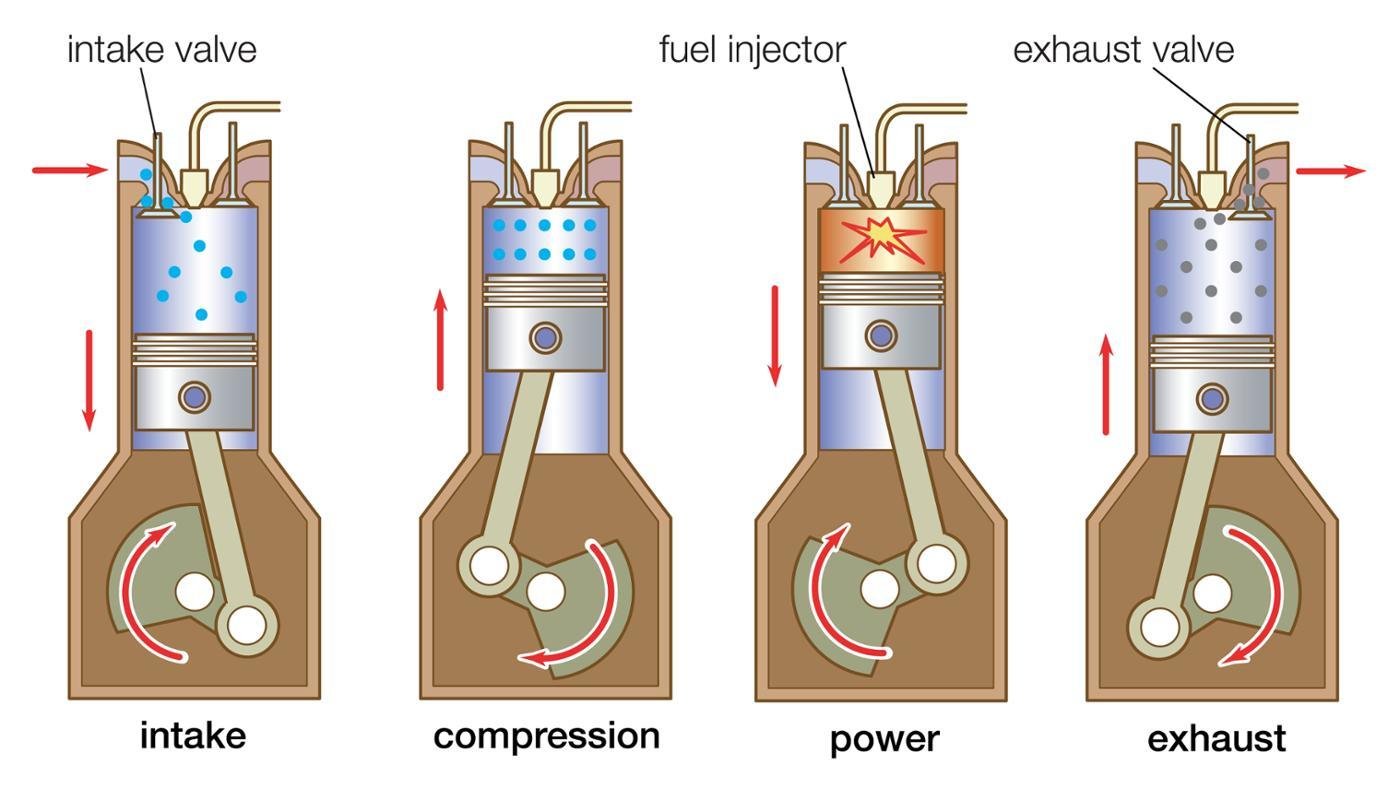A Total Overview to Selecting the Right Engine for Your Task
Picking the ideal engine for your task is a crucial choice that can substantially affect its total success. Each of these aspects plays an essential function in making sure that your chosen engine not only fulfills prompt goals however also aligns with long-lasting desires.
Specify Your Project Needs
Specifying your project needs is an essential action in selecting the proper engine for effective implementation. A detailed understanding of your task's objectives will lead you in identifying the functions and capacities needed from an engine. Begin by outlining the range of your job, consisting of the wanted functionality, target audience, and the certain end results you intend to achieve.
Next, consider the technical demands that line up with your project goals. This includes reviewing the compatibility of the engine with existing systems, as well as the programming languages and frameworks that will be utilized. Additionally, evaluate the level of scalability required to accommodate future growth or changes popular.
Budget plan restraints additionally play an essential function in defining your project needs. Establish a clear financial structure to guide your decision-making process, making certain that the engine selected fits within your budget while offering the needed performance.
Evaluate Efficiency Demands

Engines that sustain horizontal scaling are commonly better for bigger applications. Additionally, evaluate the engine's performance under various problems, such as peak use circumstances, to ensure it satisfies your dependability criteria.
Take Into Consideration Simplicity of Usage
While technological requirements are important, the simplicity of use of an engine can dramatically influence the growth procedure and total project success. An intuitive user interface, clear paperwork, and structured process can drastically reduce the learning curve for developers, enabling them to focus on imagination and analytical rather than coming to grips with complex tools.
When assessing an engine's ease of use, consider the onboarding experience. A well-structured intro, total with tutorials and example tasks, can promote a smoother shift for new individuals. Additionally, the quality and comprehensiveness of the engine's documents play a critical function; detailed guides and API referrals can equip designers to troubleshoot and implement attributes effectively.
One more aspect to take into consideration is the engine's modification abilities. An engine that permits very easy adjustments can be more straightforward, as designers can tailor it to fit their details requirements without comprehensive inconvenience. Last but not least, examine the workflow assimilation with tools and systems you already utilize. A natural environment can enhance performance and reduce rubbing throughout the development process. Inevitably, picking an engine that prioritizes convenience of use can result in an extra pleasurable and efficient advancement experience.
Assess Area and Support
The strength of an engine's area and assistance network can considerably influence a developer's experience and success. When analyzing an engine, take into consideration the size and task level of its community.
In addition, examine the accessibility of main assistance channels. Trusted documents, responsive consumer support, and normal updates are vital for dealing with technological problems and maintaining your job on course. Engines For Africa. Active areas likewise foster partnership, providing chances for networking and feedback, which can be very useful, particularly for small groups or independent developers
In addition, examine the visibility of community-run events, such as meetups or hackathons. These celebrations can enrich your understanding of the engine while linking you with prospective partners and seasoned individuals. In summary, a robust community and support group not only streamline development over here yet also develop an environment helpful to discovering and innovation, eventually boosting the possibility of your job's success.
Contrast Price and Licensing Alternatives
Budget considerations play a critical duty in selecting the right engine for your project, as the cost and licensing choices can substantially affect both temporary expenses and long-term viability. Engines For Africa. Different engines provide differing prices structures, which can include single acquisition costs, registration designs, or revenue-sharing contracts based on your project's earnings

Licensing alternatives likewise differ substantially. Some engines are open-source, providing adaptability and community-driven assistance, while others may call for proprietary licenses that limit look at this site use and circulation. Understanding the ramifications of each licensing model is essential, as it affects possession rights, future scalability, and click here to read prospective lawful responsibilities.
Verdict
In conclusion, picking the proper engine for a job demands a thorough assessment of specified task requirements, efficiency requirements, convenience of usage, area support, and expense considerations. By methodically resolving these crucial aspects, decision-makers can make certain placement with both future and current job demands. A well-informed choice ultimately boosts the probability of task success, making it possible for reliable source allowance and making the most of possible outcomes within the specified budgetary constraints.
Selecting the ideal engine for your task is a critical choice that can significantly impact its total success.Defining your job needs is a crucial action in picking the appropriate engine for successful application. A thorough understanding of your job's objectives will certainly lead you in recognizing the features and capacities needed from an engine.Once you have a clear understanding of your project requires, the next action is to review the performance needs of the engine.In conclusion, choosing the proper engine for a job necessitates an extensive assessment of defined job needs, efficiency demands, ease of usage, community support, and cost factors to consider.